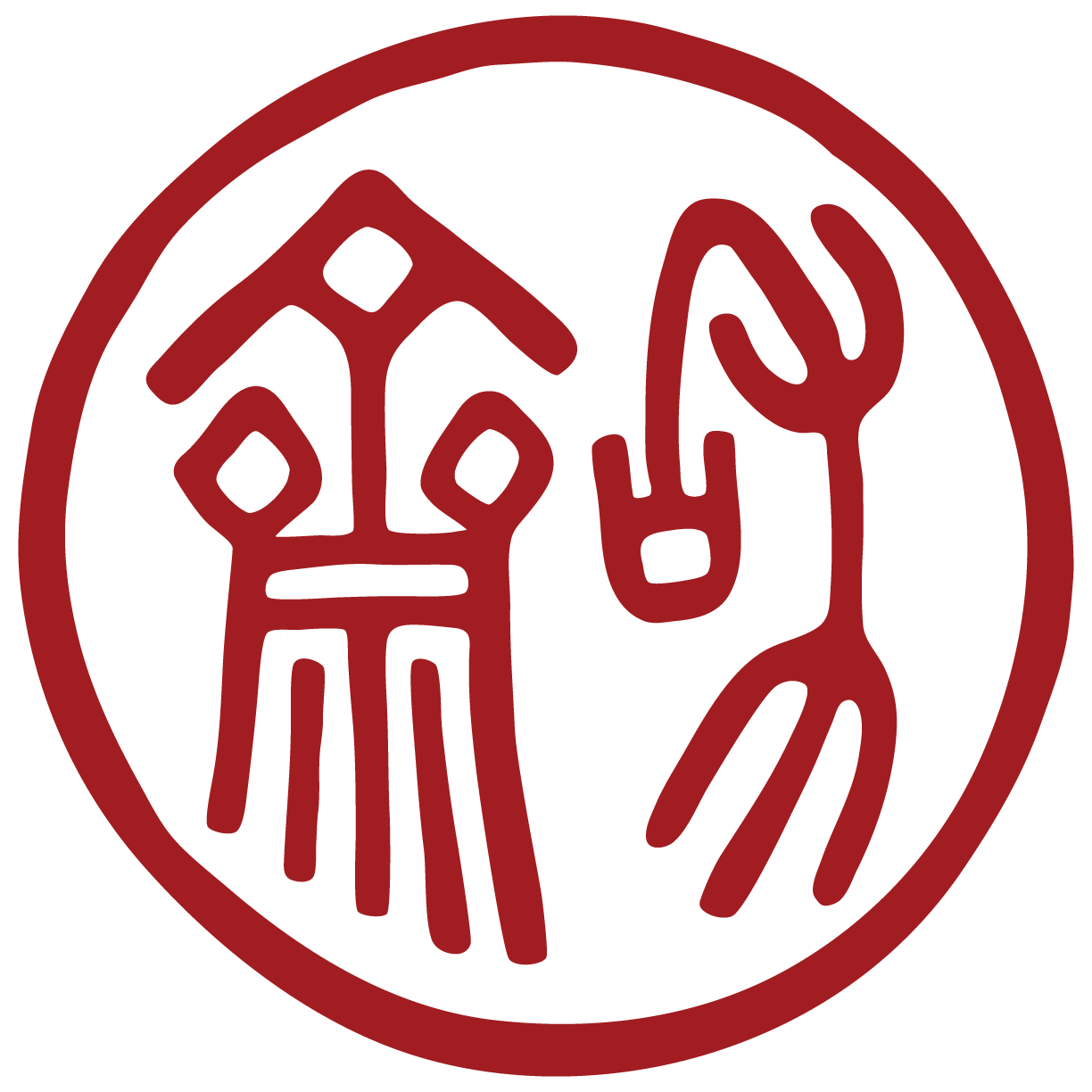What is Endometriosis?
Endometriosis happens when uterine tissue grows outside of the uterus, attaching to other organs nearby. During regular menstruating, the lining is shed from the uterus. However, endometrial lining that’s attached outside of the uterus cannot leave the body as easily. Tissue that cannot bleed away and be absorbed by the body can form painful lesions and scar tissue.
Endometriosis is one of the most common gynecological diseases in the world, affecting approximately 6.5 million women in the United States alone. The number could be higher, as some women do not experience any symptoms and therefore never get officially diagnosed. There is no known cause of endometriosis, thought some researchers are finding that retrograde menstrual flow and estrogen dominance appear to be contributing factors.
symptoms
Some of the most common symptoms and compications of endometriosis include:
Dysmenorrhea, or menstrual cramps, which can range from mild to debilitating
Heavy or irregular bleeding, including mid-cycle bleeding
Cramping and pelvic pain, which can be constant or intermittent
Pain during ovulation, if endometriosis is found on the ovary
Pain during sex
Gastrointestinal symptoms that mimic Irritable Bowel Syndrome, such as diarrhea, constipation, bloating, and indigestion, when uterine tissue grows on the bowels. Bowel movements can be painful.
Low back pain
Infertility — Endometriosis is the third most common cause of infertility. According to the NIH, about “25-50% of infertile women have endometriosis, and 30-50% of women with endometriosis are infertile.” Some women with endometriosis do not get diagnosed until they have trouble getting pregnant.
Chinese Medicine Approach
In Traditional Chinese Medicine, endometriosis is a symptom of Blood stagnation. Even though endometriosis symptoms may differ from woman to woman, the common treatment principle is: move Blood, regulate Qi, and warm Yang.
Effective treatments involve Chinese herbal medicine, acupuncture, moxibustion, and diet therapy. This holistic approach aims to break stagnation, relieve pain, and prevent new uterine growth. Various studies on Chinese herbal remedies have shown some herbs to be effective in treating endometriosis, making it an effective, natural alternative to hormonal therapies, without the side effects.

